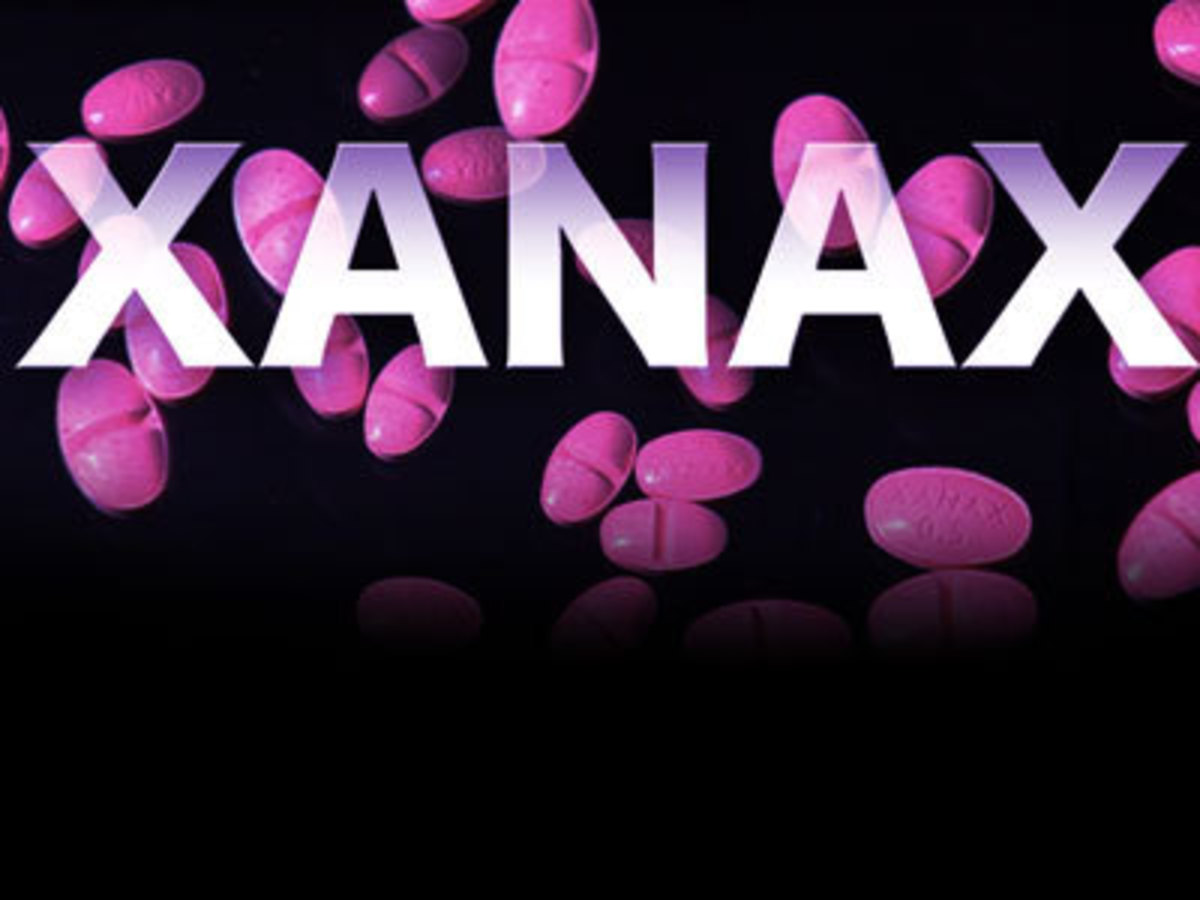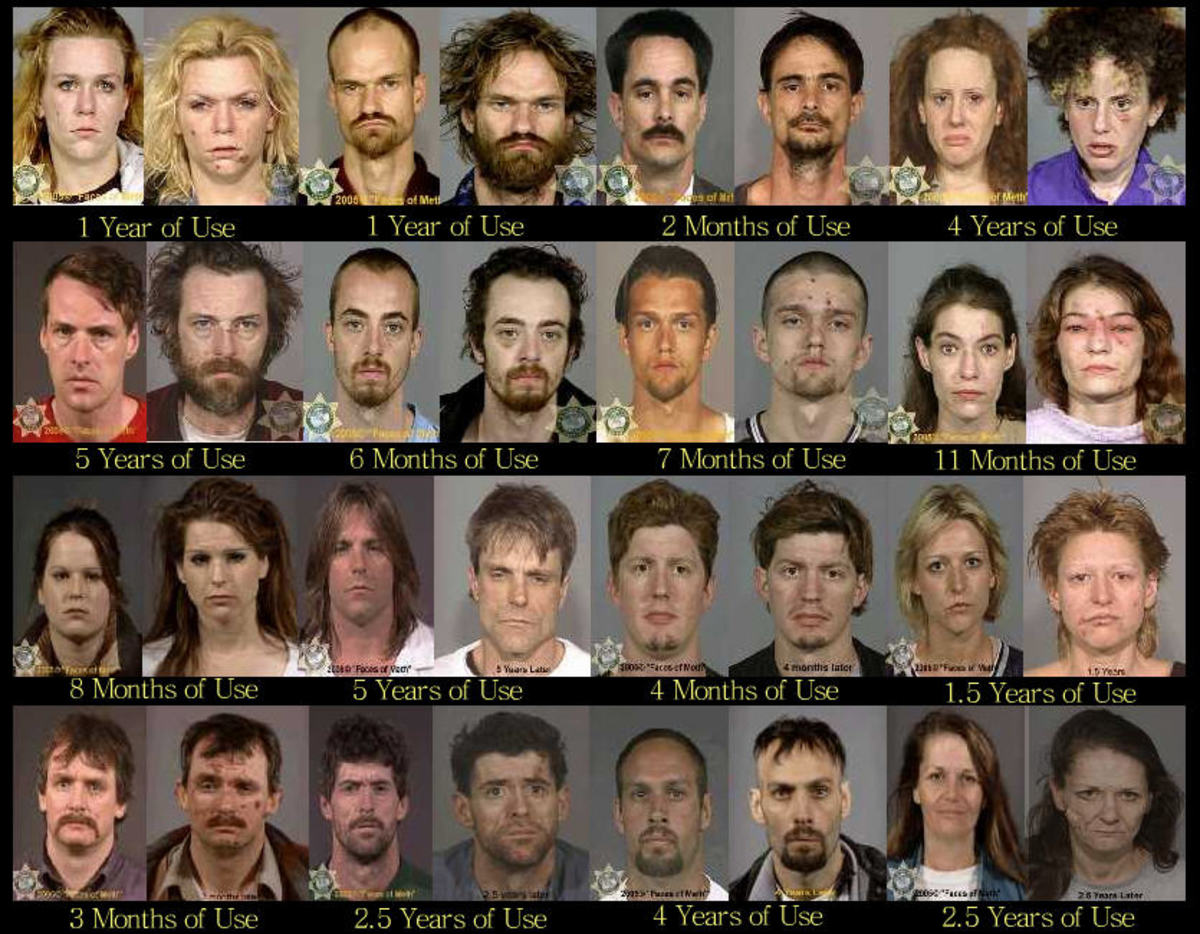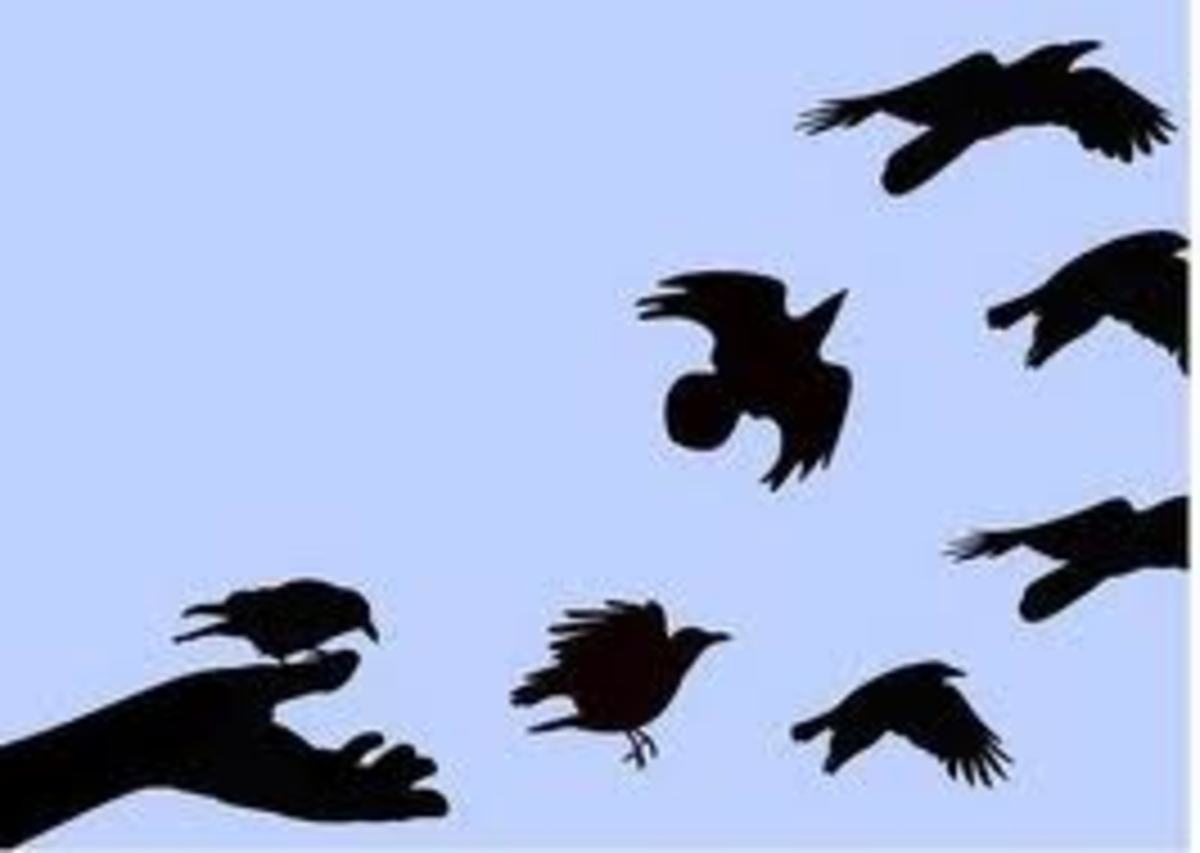Parents Know The Physical Signs When Your Teen Is Intoxicated
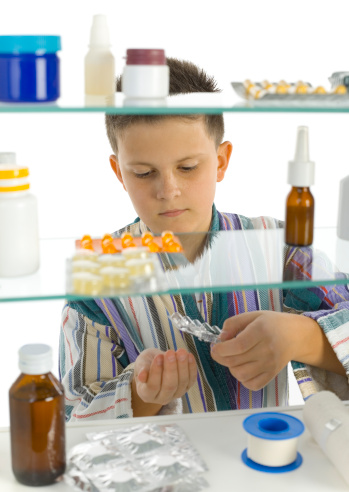
Teenagers are using substances at an alarming rate, many of them can be found in your medicine cabinets. As substance use is changing in terms of the type and the source of substance, many parents may not be able to recognize the physical symptoms of their teen’s intoxication. Often these substances are discreet enough to make it on school campuses where you drop your teen off to learn.
Not to worry if your child is in an affluent area, they are there too. Possibly more drug use is recognized in those areas since kids can easily get their hands on the substances. But the frequent trouble is because parents don’t know the signs or are too busy to recognize their children behavioral changes.
Teen Drug Use Statistics
Times are not too different from those of the past. Oh wait, yes they are. Substances today are manufactured at a higher rate and with different additives as compared to past substances. Also, some of the traditionally known substances like marijuana and cigarettes are not the first sought out experimented drug.
As of 2012 the Center for Disease Control and Prevention (CDC) reported that 9.2% adolescents 12 years and older used an illicit drug in the past month. In the same age group, 7.3% of children used marijuana in the last month. Lastly, 2.6% of kids have used a nonmedical prescription drug in the past month.
Though 50% of teens when asked felt that prescription drugs were much safer than illicit drugs. However, the facts show that drug related deaths are comprised of 45% prescription drug use and 39% combined street drug use. 60-70% of the teens admit that the source of their drug is right at home in their medicine cabinet.
Alcohol
Alcohol is an easy substance for teens to obtain and can be easily disclosed. For one, clear alcohol has little to no smell and can be disguised as another drink. Drinking alcohol can be covered by eating, drinking something else or brushing one’s teeth after consumption. However, the physical behaviors of being under the influence of alcohol is not as easily masked.
Sign of alcohol intoxication:
- Possible alcohol on breath
- Enlarged pupils
- Increased eye movements
- Slurred speech
- Nausea or vomiting
- Loss of balance
- Fast heartbeat
- Slowed breathing
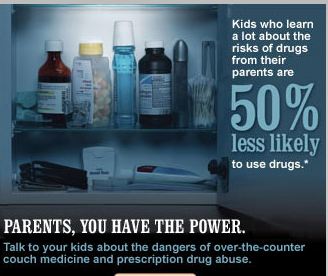
Marijuana
Once again an easily obtainable substance, yet this is a substance that may have lingering evidence. If it is smoked the smell is very distinct and definitely noticeable if they were smoking in the house. Also, the smell commonly hangs around on clothing and is not easily covered. Edible marijuana on the other hand does not give off such blatant clues. Though the behaviors while intoxicated is a little tougher for teens to fool parents.
Common terms used to identify marijuana include weed, pot, blunt, reefer, skunk, chronic, and purple. Other types of drugs that are a derivative of extracting THC from the marijuana plant include wax, earwax, and BHO (butane hash oil) which will be covered later in the hallucinogenic substances.
Signs of marijuana intoxication:
- Slowed thinking and reflexes
- Reduced coordination
- Concentration issues
- Reduced motivation
- Dilated pupils
- Bloodshot or glassy eyes
- Dry mouth
- Increased appetite
- Mood swings
- Anxiety
- Psychosis/hallucinations or delusions
Have you talked to your teen/pre-teen about drugs?
Methamphetamine
Methamphetamine or meth is a manufactured stimulant that affects the central nervous system. It offers a quick euphoric effect though is highly addictive and has high overall physical and psychological costs. Meth is a harmful substance that is snorted, smoked or injected directly into veins. Mostly, the substance is harmful due to the chemicals used to make meth. Some household items that are found in the majority of meth are drain cleaner, lye, and laxatives. Other scary items often found are battery acid none of which are meant for direct consumption.
Common terms used to refer to meth are crystal, tina, chalk, ice, speed, trash, Scooby snax, no doze and others.
Signs of methamphetamine intoxication:
- Insomnia
- Hypersomnia after the high wears off
- Increased heart rate/irregular heart beat
- Dilated pupils
- Severe hypertension
- High body temperature
- Restlessness/fidgeting/repetitive unnecessary movements
- Hallucinations/delusions
Ecstasy
Ecstasy or X is a derivative of meth and thereby also very harmful. The medical name for ecstasy is MDMA which describes the chemicals comprised to make the substance. The main difference in this substance is the common hallucinating effect making it a drug of its own.
Common slang terms that identify ecstasy include thizzin, rollin, geekin, X, E, Adam, purple, cloud nine, happy pill and love drug.
Signs of ecstasy intoxication:
- Increased self-confidence and energy
- Decreased inhibitions
- Feeling close to others or seeking physical contact
- Empathy
- Anxiety/paranoia
- Increased heart rate
- Wobbliness/feeling like floating
- Nausea/vomiting
- Muscle aches
- Loss of appetite
- Increased body temperature/sweating
- Tingling skin
- Dilated pupils
- Heightened senses – hearing, smelling, touching
- Clenching jaw/grinding teeth
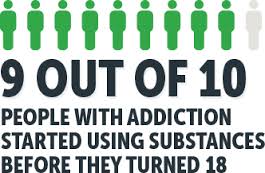
Opioid
The most common opioid is heroin, though not the most widely used with young people. Teens are commonly using pills forms of opiates, which include morphine, oxytocin, oxycodone, Norco and other pain relief medications. Often these are easily obtained since they may be in many of our medicines cabinets and then stolen by the kids.
Common terms used by teens to identify these substances include tar, black, smack, Oxy, Oc and Percs.
Signs of opioid intoxication:
- Slowed movements
- Drowsiness
- Slurred speech
- Decreased attentiveness or memory
- Constricted pupils
Benzodiazepines
A medication often used to treat anxiety. The chemistry of these pills interacts with the GABA neurotransmitter and their sedating effect equates to being ‘high’ and can be extremely addictive. Though, not only used for anxiety, benzo’s are a highly used but addictive prescription medication. Again likely a medication found in many parent’s medicine cabinets.
Common slang terms used to identify benzodiazepines include benzo’s, downers, qual, valley girl and goofballs.
Signs of benzodiazepine intoxication:
- Drowsiness
- Unsteadiness
- Blurred vision
- Poor concentration
- Amnesia
- Hostility/irritability
- Disturbing dreams
- Reduced inhibitions
- Impaired judgment
Hallucinogens
Used exceedingly in the 1960’s and 1970’s, hallucinogenic substances are nothing new to the drug world. Though there are certainly new substances that are sought after and used continually by teens. Yet some of these substances are not known to parents and again found in the most likely place – a cabinet somewhere in the home. A newer substance with limited research and found at home are bath salts. Yes, you read it correctly. Those salts sprinkled in a warm bath that helps to relax muscles and offer a soothing aroma. Teens are now grinding up the salt and snorting or smoking the dust. Since this is not intended for ingestion it triggers hallucinations which many times have lead to drug induced psychosis and often sends the young person to the mental hospital. Another substance in this class is “wax,” which is highly concentrated form of THC and produces hallucinations.
Common slang words used to describe hallucinating drugs are Mesc, buttons, shrooms, acid, white lightening, PCP, and angel dust.
Signs of hallucinogenic intoxication:
- Extremely dilated pupils
- Warm skin/excessive sweating
- Distorted senses – sight, hearing, touch
- Inaccurate time perception
- Mood and behavior changes
- Erratic flashback episodes even long after initial intoxication
If you talked to your kids about drugs did you include prescription drugs?
It Is Alright To Close Your Mouth Now
Now that you have read all about the drugs your teens can get their hands on which are very damaging, if not deadly, it is apparent that knowledge fundamental. What is most shocking, many of these drugs are right at your fingertips but without proper supervision those slick teenagers may get a hand or two on those old prescriptions. Most of all recognize changes in your teen’s behavior and know that it could be drug induced or something related to mental health issues. The statistics above should give astounding proof of how each and every teenager comes into contact with substances and without the proper tools and understanding they may fall prey to peer pressure.
It is very important to have regular conversations with your children and especially about drugs. Often the slang terms reduce the fear related to the potential damage of ingesting these drugs. Such as referring to certain substances as ‘candy’ or something tasty, teens may not realize what they are taking. Making them aware can help to reduce the effects of peer pressure and the likelihood of unknowingly taking something that could end their life. Please be the first line of defense and talk to your children.
For more information please visit NIDA for Teens





